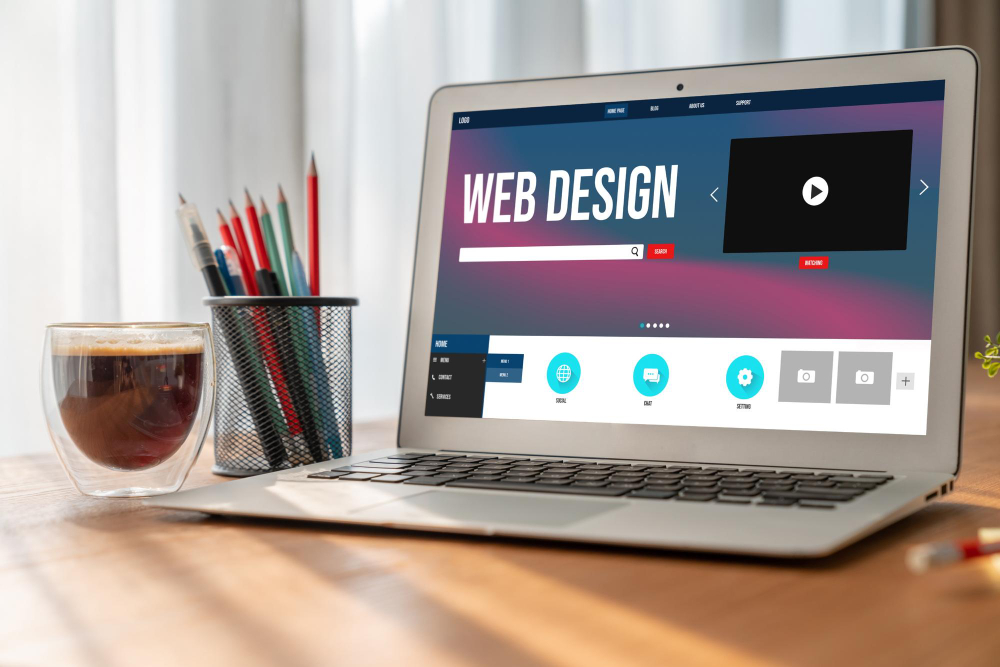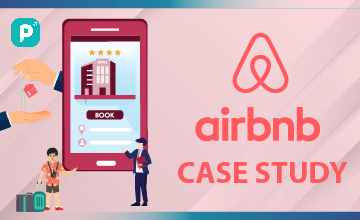Consider this example – A person thinks about a unique product or service offering that they feel would become massively popular a few years down the line. That person hires a group of people who help in bringing this idea to fruition, in the process setting up a small organization. The hard part is not over yet though, as there is a significant challenge in the form of developing a website that needs to be tackled first. See, no matter what the product or service is, exposure to consumers is what will ultimately determine its success. And in today’s world, where an online presence can prove to be the thin line between success and failure, having an efficient and responsive website design services is what every organization needs.
Fortunately, there are several options to choose from, when it comes to developing a website, and can involve either a professional firm building it, or availing the services of freelance designers. Either way, there are a few pointers that will help determine the success of the website, and by extension, the overall business, and these are discussed below:
Do not keep the user thinking about how to navigate
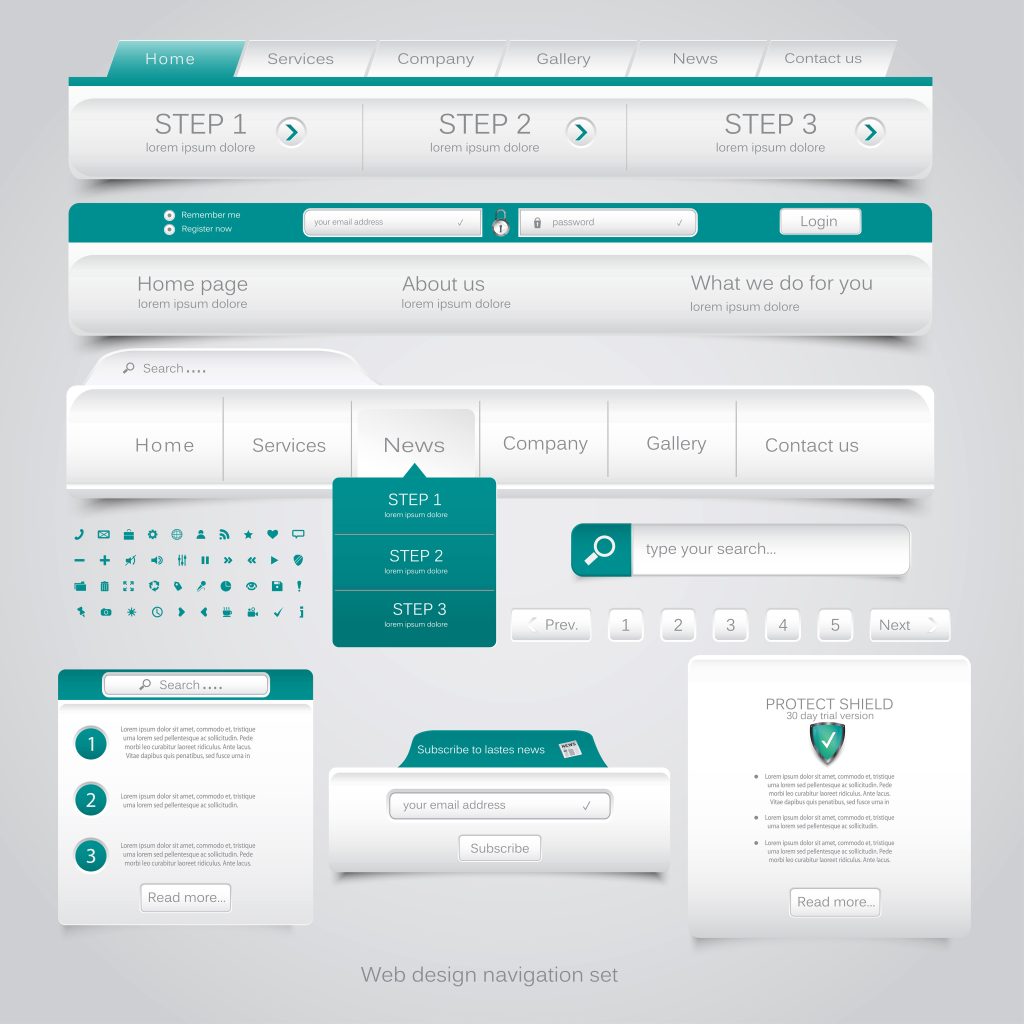
Many a time, web designers, in their over-eagerness, create a webpage that aesthetically looks very beautiful, but the visitor must keep searching for various menu options. This ultimately would lead to a swift exit from the website and search for a more well-structured one. When it comes to usability, the web page design should be such that users are not left to figure out the page themselves. A website that clearly displays the message of the organization’s specializations and goes further by including a call-to-action will work very well for a business.
Avoid any unnecessary and forced registrations or subscriptions
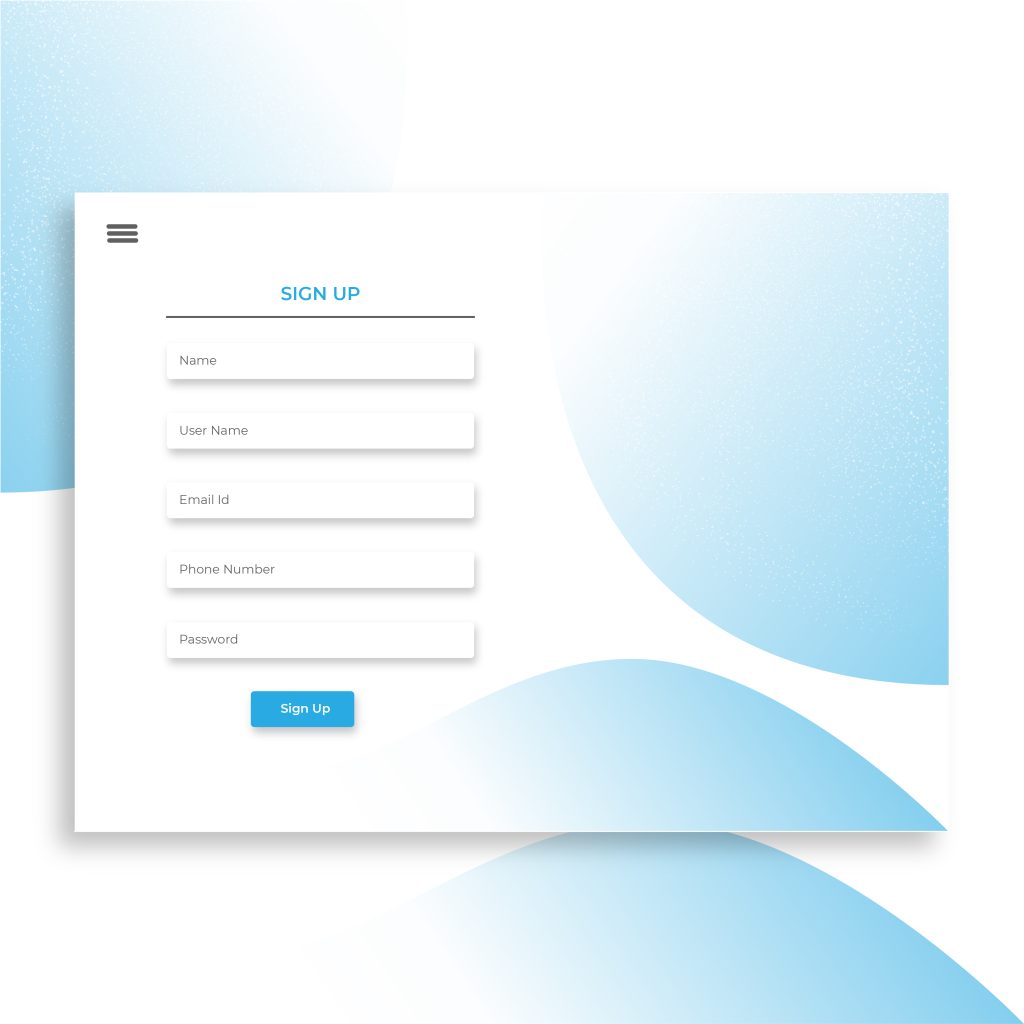
In many instances, you may visit a website, but even before you have a chance to scroll down, you see a pop-up asking you to provide your email ID, your contact details, and your date of birth, among other things. This would potentially create a very negative image in your mind, with a feeling that using or even getting to know about the service should not be so intrusive. An ideal web page design should make the exploration of the website as hassle-free as possible so that people can be more eager to learn about the product or service of the business.
Know and bring the user’s attention right where you want it
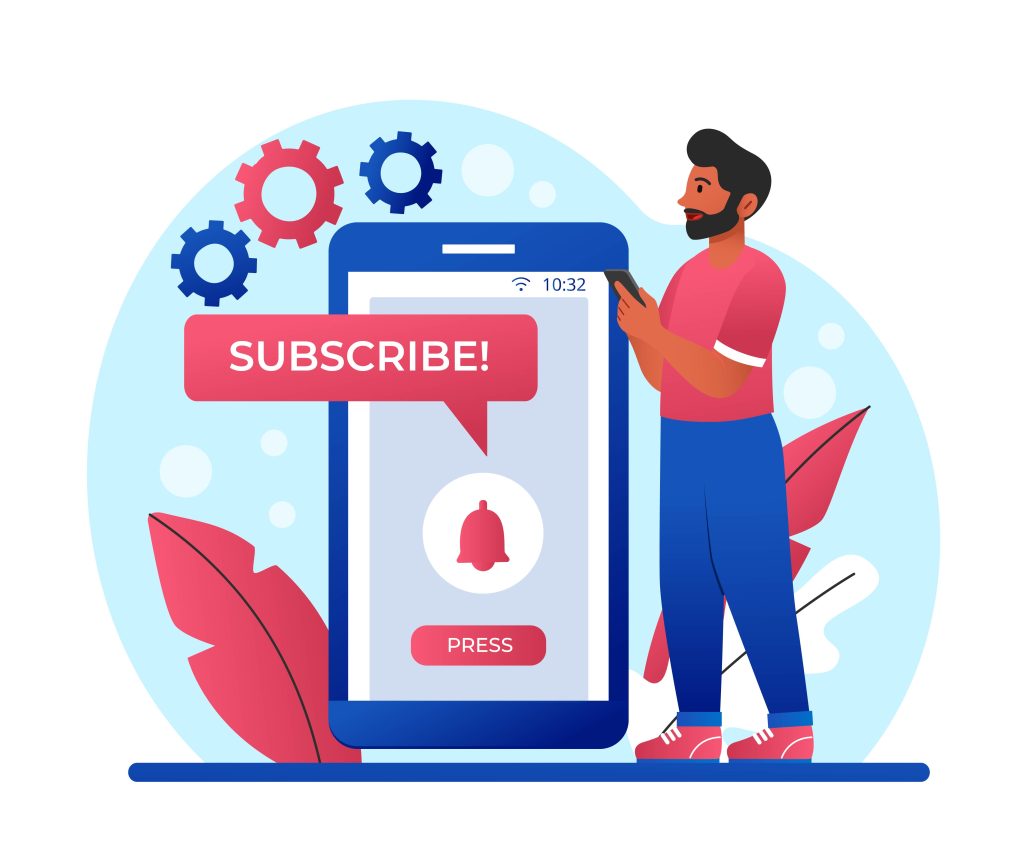
There are various areas on a webpage that serves to attract users’ attention. This is primarily seen in cases of video content, attractive images, as well as words and phrases in bolder and bigger fonts. And this is a very effective tool to bring significant traffic that can ultimately help in generating sales. The website layout should be properly planned so that you are holding the user’s hand virtually and guiding them from one point to another, using appropriate visual elements.
Understand how to create a proper interface design
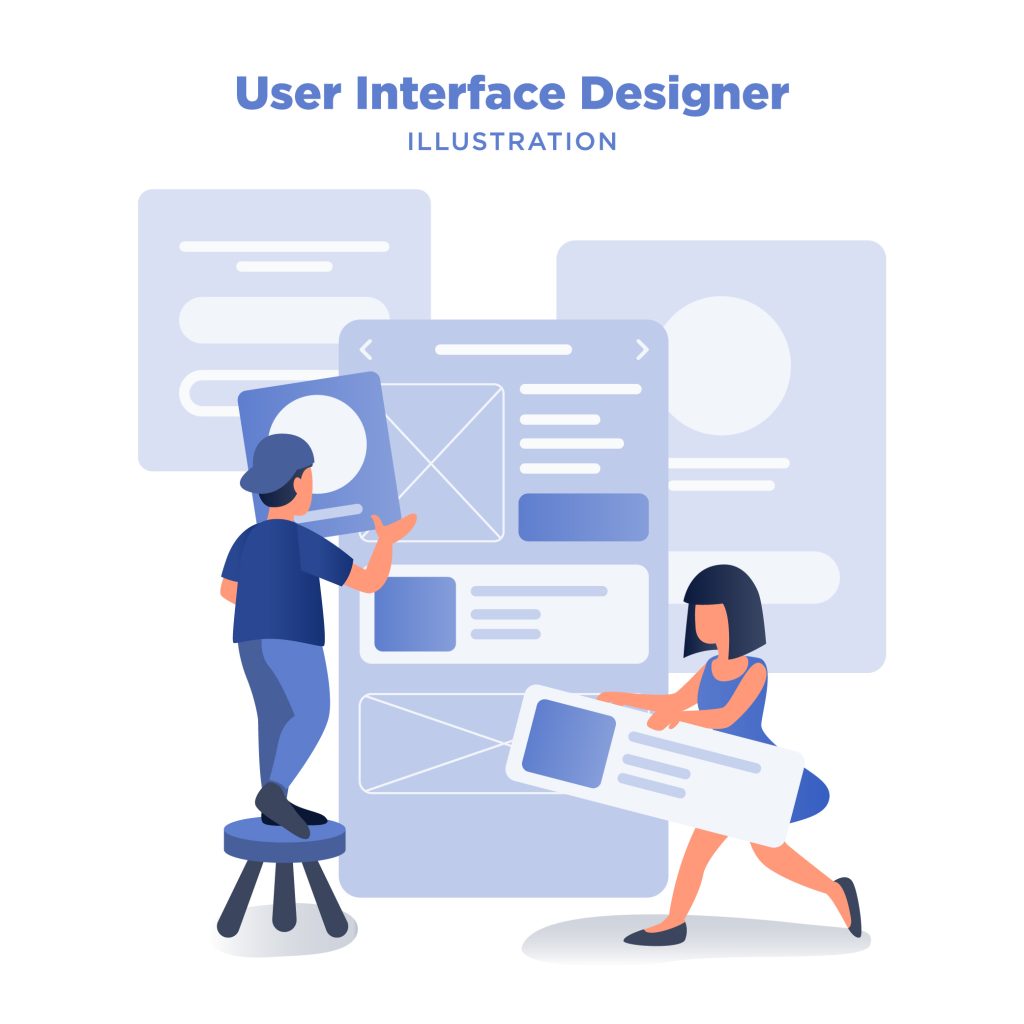
Every website has different links, functions, and action buttons that need to be effectively visible to users. A successful web page design offers the user a good look into what functions and features they can avail. Simply put, this means that the user should feel completely at ease when going through different areas of the web page, which can help ensure that they are converted to regular visitors in the future.
Avoid the use of colorful or complex language
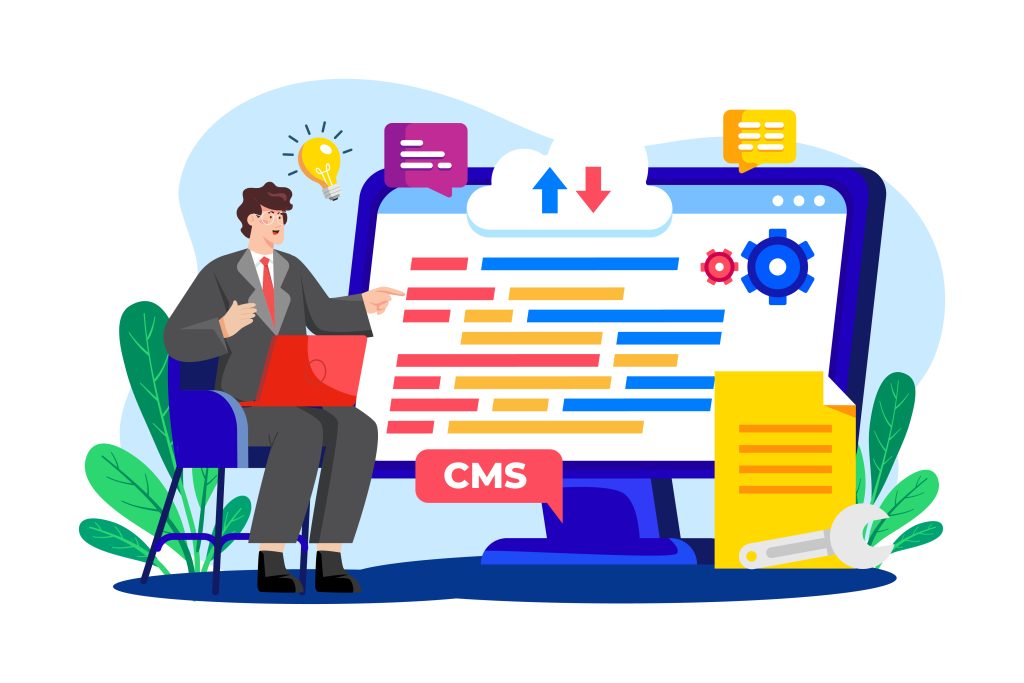
It happens often that the business makes use of colorful words and phrases, as well as a lot of technical jargon, to describe what they offer and what makes them unique, among other things. Many companies even do this in a text-heavy manner. A word of advice – do not do that. Consumers will not be interested in landing on a webpage and reading big blocks of text, and will immediately be turned away. When it comes to CTAs, avoid the use of flowery or vague language. A simple and obvious text should be the way to go. Maintain conciseness and plain language in sentences and phrases.
White space is more important than you believe
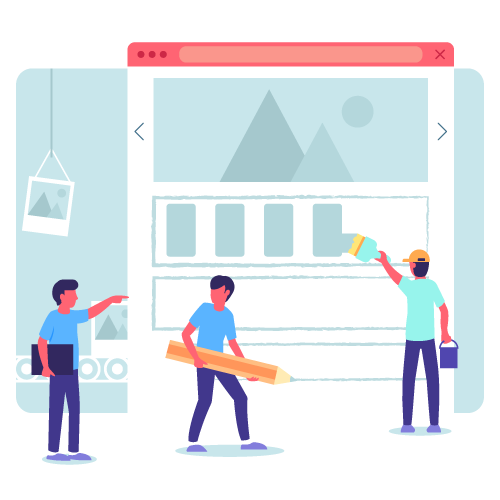
When users visit a website, they try to divide the content into a format that they can easily understand. However, if there is a continued overload of text and information on the screen, chances are that the visitor may leave out some important sections because of the high cognitive load. This means that a visual hierarchy is important for enabling users to understand the flow of the website and interact with different sections easily. Leaving an appropriate amount of space between different blocks of content helps massively in this regard.
Conventional is not boring

Many times, web designers may feel the need to create an overly innovative website that loads and runs efficiently. However, there is a major downside to this, in the fact that users may not be too pleased with the page layout, as they feel confused and unsure of how to approach different sections. Only when you are very sure that your approach and your audience’s needs align, should you take the leap to design an innovative webpage. Otherwise, conventional design is fine and perfectly efficient, while also proving to be more user-friendly.
Conclusion
These are some of the important points that web designers need to keep in mind when designing websites for businesses. Providing a clear structure for the visitor to follow, maintaining the same conventions throughout the web page, and making the visitor understand what you want to say with simplicity, clarity, and emphasis go a long way in creating an efficient website. Lastly, understanding user capabilities and then presenting the information concisely and clearly will solidify a positive perception among the audience.
All images belong to their respective owners. Please email [email protected] if removal is required.

